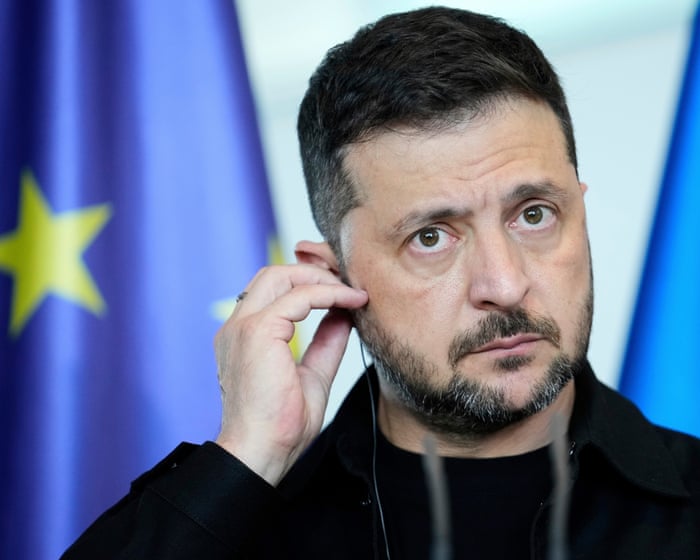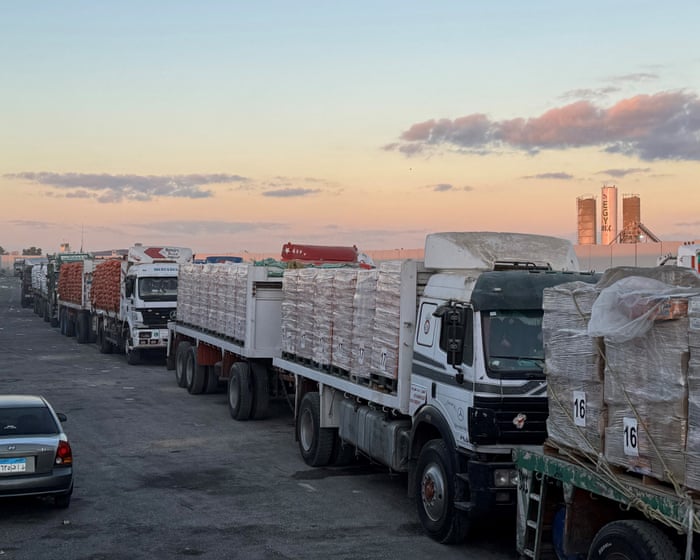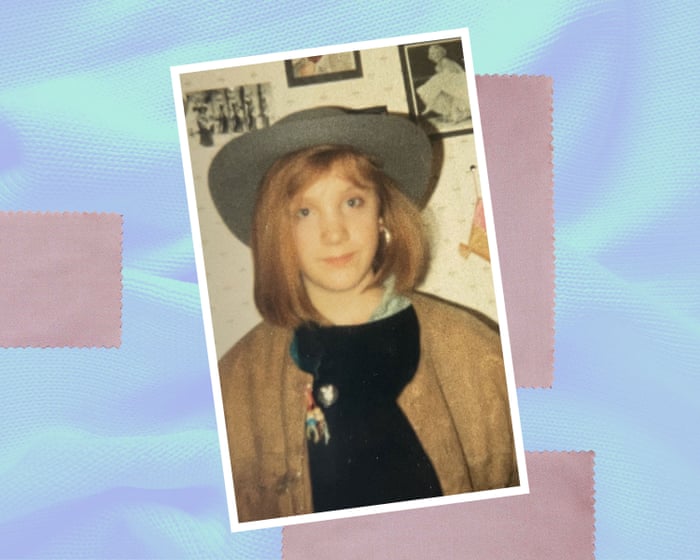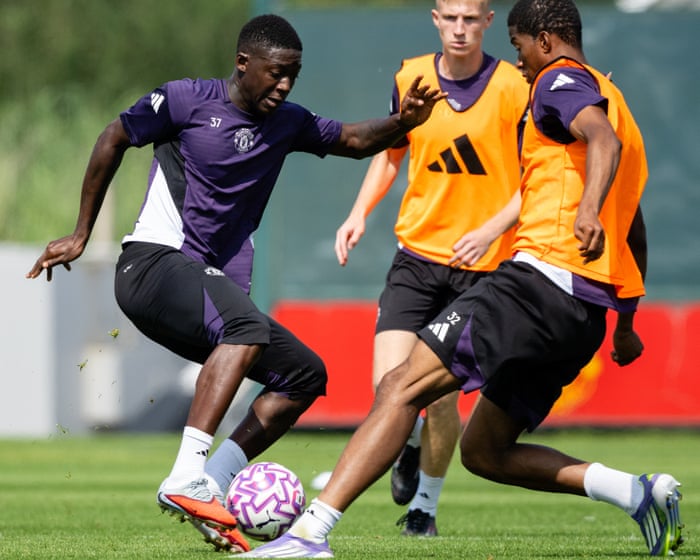European leaders, including Britain’s Keir Starmer, will join Ukrainian President Volodymyr Zelenskyy at a White House meeting with Donald Trump on Monday. The gathering aims to counter a U.S.-backed “peace plan” that would allow Russia to annex more Ukrainian territory.
Attending the Oval Office meeting will be UK Prime Minister Keir Starmer, French President Emmanuel Macron, German Chancellor Friedrich Merz, European Commission President Ursula von der Leyen, Finnish President Alexander Stubb, and Italian Prime Minister Giorgia Meloni.
Germany’s government stated that the discussions will focus on security guarantees, territorial disputes, and continued support for Ukraine’s defense against Russian aggression, including maintaining sanctions pressure. The French presidency added that the goal is to achieve a “fair and lasting peace that protects Ukraine’s vital interests and Europe’s security.”
A video call organized by the UK, France, and Germany with other European allies is scheduled for Sunday. This follows reports that Trump supports a plan to cede unoccupied Ukrainian land to Russia to end the war.
According to the New York Times, citing two senior European officials, Trump told European leaders he believes a peace deal is possible if Zelenskyy agrees to surrender the Donbas region—which Russian forces have failed to fully capture in over three years of fighting.
Sources familiar with recent talks in Alaska told The Guardian that Russian President Vladimir Putin demanded Ukraine withdraw from Donbas (comprising Donetsk and Luhansk) as a condition for ending the war. In exchange, Putin reportedly offered Trump a freeze along the remaining frontlines.
While Russia controls nearly all of Luhansk, Ukraine still holds key parts of Donetsk, including the cities of Kramatorsk and Sloviansk, where fierce defenses have cost tens of thousands of lives. Putin allegedly told Trump that in return for Donetsk and Luhansk, Russia would halt further advances and freeze the frontlines in southern Ukraine’s Kherson and Zaporizhzhia regions, where Russian forces occupy significant territory.
Trump’s endorsement of surrendering Donbas—a mineral-rich area with coal and iron ore—comes as he advocates for direct peace talks rather than a ceasefire. In a social media post on Saturday, Trump dismissed ceasefires, saying they “often do not hold up.”
U.S. support for ceding Donbas to Russia marks a break with Ukraine and European allies who oppose such a deal. Reuters reports that Russia is demanding 6,600 square kilometers of Donbas while offering to withdraw from 440 square kilometers in Ukraine’s Sumy and Kharkiv regions.
German Chancellor Friedrich Merz said Saturday that the U.S. is prepared to participate in security guarantees for Ukraine as part of a deal. Trump has also threatened economic penalties on countries buying Russian oil if Moscow rejects an agreement. During Putin’s visit to Alaska, U.S. bombers flew overhead in a show of force.
However, Ukrainian and European leaders fear that bypassing a ceasefire and moving straight to peace talks would give Russia the upper hand.
On Sunday, Trump criticized media coverage of his summit with Putin on his social media platform, Truth Social: “It’s incredible how the Fake News violently distorts the TRUTH when it comes to me. There is NOTHING I can say or do that would lead them to report honestly. I had a great meeting in Alaska on Biden’s stupid War—a war that should have never happened!!!”
He added sarcastically: “If I got Russia to give up Moscow as part of the Deal, the Fake News and their PARTNER, the Radical Left Democrats, would say I made a terrible mistake.” Without elaborating, he promised: “BIG PROGRESS ON RUSSIA. STAY TUNED!”
Trump made these remarks in an interview with the BBC on Sunday.Former British defense secretary Ben Wallace expressed skepticism about Monday’s Oval Office talks leading to peace, saying he was “not very optimistic.” He hoped the uncomfortable situation from February—when Trump and Vice President JD Vance criticized Zelenskyy—wouldn’t happen again.
Wallace compared Trump’s apparent support for Putin’s territorial demands to 1930s-style “appeasement.” While pressuring Ukraine to agree might save lives in the short term, he warned it could create greater long-term risks.
Trump claimed in a Saturday post that “everyone agreed” direct peace negotiations were best, though European leaders disagreed. A joint statement from European officials said they were ready to work with Trump and Zelenskyy toward a trilateral summit with European backing, but stressed that Ukraine alone must decide its territorial future, adding: “International borders must not be changed by force.”
They did, however, welcome Trump’s efforts to stop the war and achieve lasting peace.
Zelenskyy, after speaking with Trump and European leaders, said the goal was a real, lasting peace—not just a temporary pause in Russian aggression. He called for an immediate end to killings, attacks on infrastructure, and the return of Ukrainian prisoners and abducted children.
Later on Saturday, he noted that pursuing a peace deal without a ceasefire first “complicates the situation.” If Moscow won’t even order a halt to strikes, he said, securing long-term peaceful coexistence would be even harder.
European leaders, including Macron, Merz, and Starmer, will discuss the situation with Zelenskyy in a Sunday video call ahead of his meeting with Trump.
Analyst Olga Tokariuk said Zelenskyy faces a tough balancing act in Washington—showing Ukraine wants peace but not at any cost, while avoiding concessions Ukrainians would reject. She predicted Trump wouldn’t treat Zelenskyy as warmly as Putin, adding: “The U.S. under Trump is no longer standing by democratic allies but embracing tyrants.”
Additional reporting by Edward Helmore and Pjotr Sauer.
FAQS
### **FAQs About European Leaders Joining Zelenskyy in Washington for Talks with Trump**
#### **Basic Questions**
**1. Who is meeting with Donald Trump in Washington?**
European leaders, including UK Labour leader Keir Starmer, will join Ukrainian President Volodymyr Zelenskyy for talks with former U.S. President Donald Trump.
**2. Why are these leaders meeting with Trump?**
They are likely discussing Ukraine’s war with Russia, NATO support, and future U.S. policy if Trump returns to office.
**3. When is this meeting happening?**
The exact date hasn’t been confirmed yet, but reports suggest it will take place soon.
**4. Where is the meeting being held?**
In Washington, D.C., possibly at Trump’s campaign headquarters or another political venue.
—
#### **Intermediate Questions**
**5. What role does Keir Starmer play in these talks?**
As the UK’s likely next Prime Minister, Starmer may discuss Britain’s continued support for Ukraine and transatlantic relations.
**6. Why is Trump involved if he’s not the current president?**
Trump is the Republican presidential nominee, and if he wins the 2024 election, his policies could shape future U.S. support for Ukraine.
**7. What does Zelenskyy hope to achieve from this meeting?**
He likely wants assurances that U.S. military and financial aid to Ukraine will continue, regardless of who wins the election.
**8. Are other European leaders attending?**
Reports suggest additional leaders may join, but Starmer is the most prominent confirmed attendee so far.
—
#### **Advanced Questions**
**9. How might Trump’s stance on Ukraine affect these talks?**
Trump has been skeptical of prolonged U.S. aid to Ukraine and may push for European nations to take more responsibility.
**10. Could this meeting influence the U.S. election?**
Yes, if Trump signals strong support to Ukraine, it could sway voters who prioritize foreign policy.
**11. What are the risks for Zelenskyy in meeting Trump?**
If Trump publicly downplays Ukraine’s needs, it could weaken global support or encourage Russian aggression.
**12. How does this meeting impact NATO’s strategy?**
European leaders may seek clarity on whether Trump




